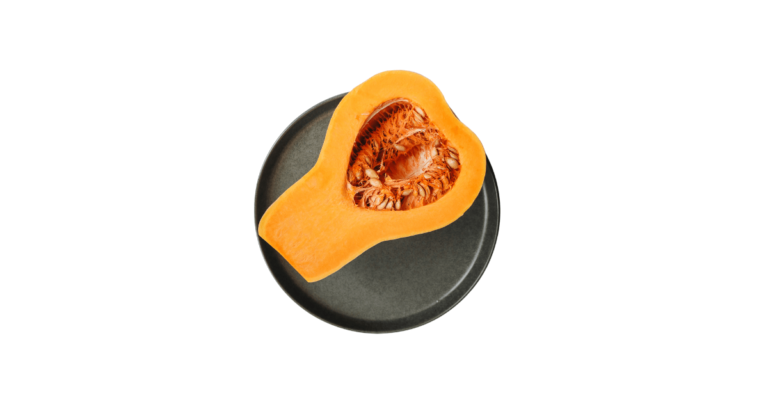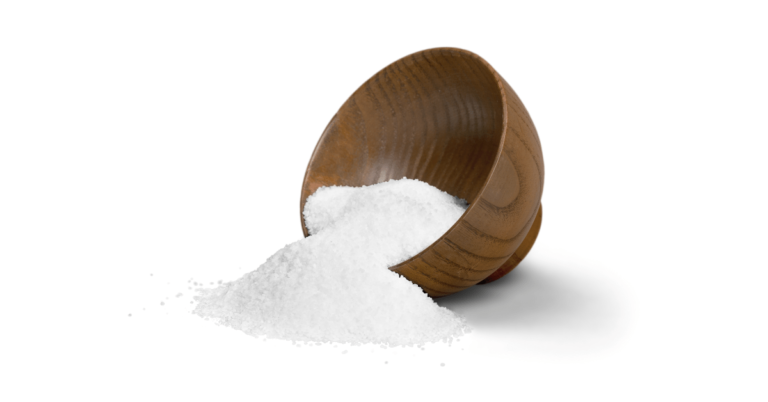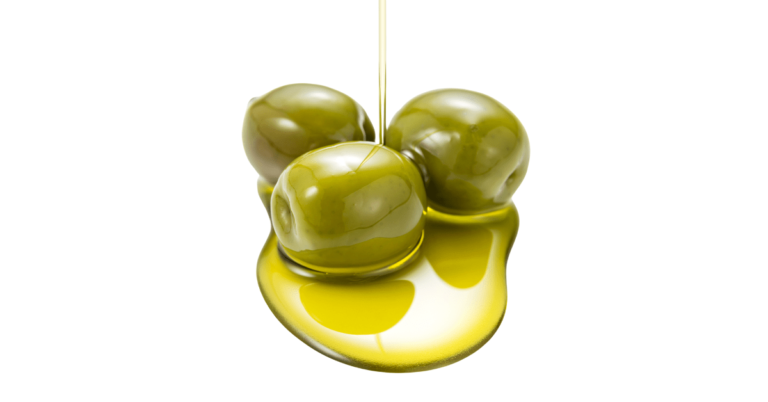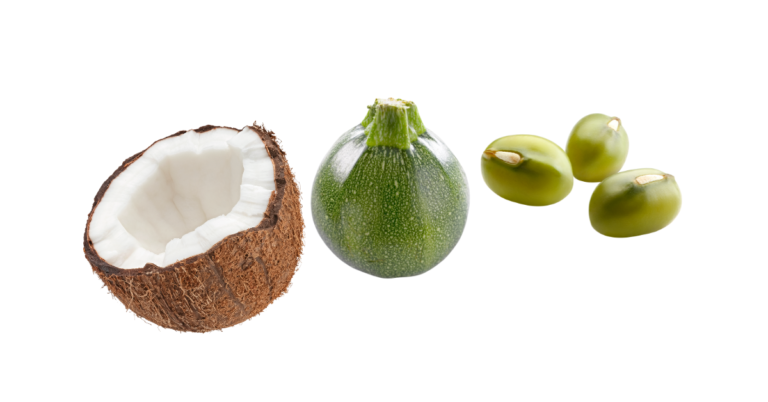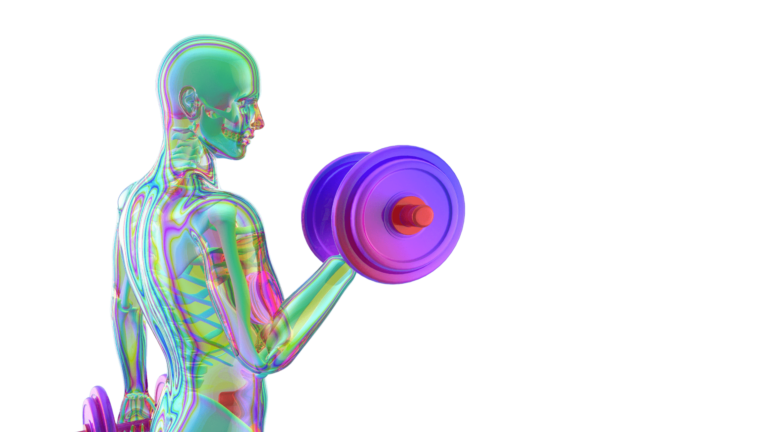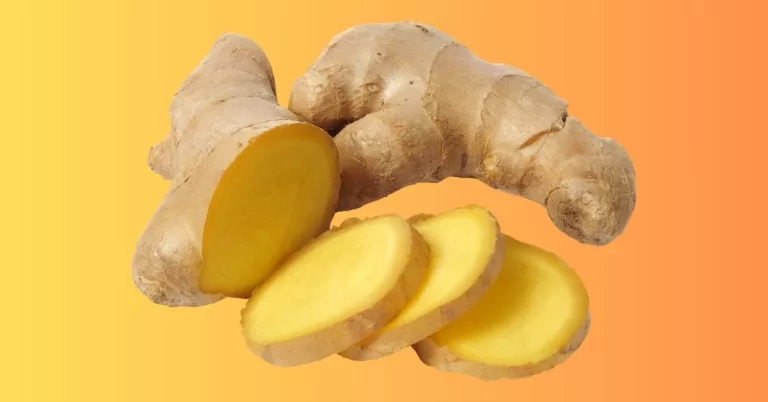A Personalized Diet, Is It Better? Types, Pros & Cons
1. Personalized Diet Overview A personalized diet is a customized and detailed eating plan in terms of nutritional and therapeutic value. As the term suggests, this type of diet can be highly detailed for specific individual requirements. Additionally, diets can be limited by the prescribed duration and may be tailored…

